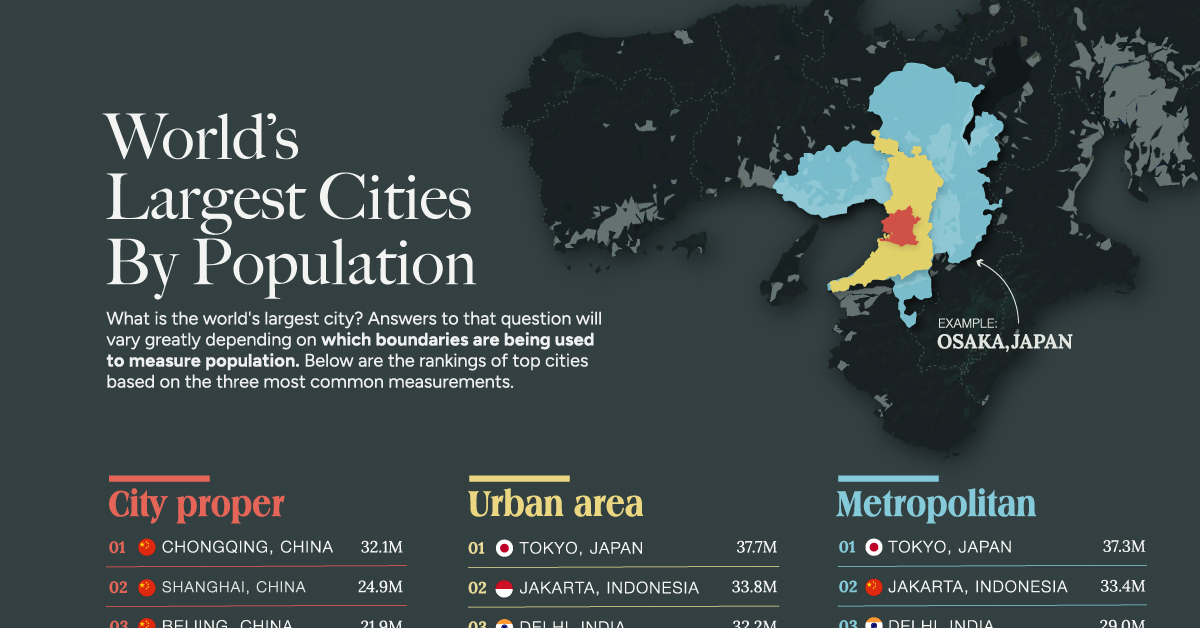- Arvind's Newsletter
- Posts
- Arvind's Newsletter
Arvind's Newsletter
Issue No #829
1.Uniqlo India sees 15% of its sales come from online channels, to expand to West India, after opening 10 stores in North India
Japanese fast apparel retailer UNIQLO is planning to open two stores in Mumbai as part of the next phase of offline expansion in India, even as it is witnessing 15 per cent of its sales in the country via the online platform.
After opening two stores in Mumbai by the end of 2023, UNIQLO’s total store count in the country will be 12. So far, all its 10 stores in India are concentrated in the northern region – 8 in Delhi NCR, and one each in Lucknow and Chandigarh; its first store in the country opened in 2019.
In Mumbai it will open its first store on Oct 6 in Phoenix Marketcity in Kurla.
2.EY rejects TPG plan to break up Big Four firm reports Financial Times
EY has rejected a proposal from US private equity group TPG to break up the Big Four firm and take a stake in its consulting business, according to a statement sent to partners on Wednesday.
TPG wrote to EY in late July outlining its plan for a debt-and-equity deal to separate its consulting arm from the audit business. The pitch came just months after the collapse of EY’s own attempt to spin off the consulting business and seek a $100bn enterprise value for it in a stock market listing.
TPG’s approach comes as EY attempts to select a replacement for Di Sibio, the driving force behind Everest. After the project unravelled in April, he said he would retire in June next year. It would be difficult for the firm to commit to pursuing a deal before his successor is chosen, insiders say.
Any break-up would also need the backing of EY’s biggest national firms, which are separately owned by the partners in each country. The US leadership opposed Everest in its original form.
3. Streaming Prices Are Up Nearly 25% in a Year but share of linear Television viewing in US fell for first time below 50%.
The average cost of watching a major ad-free streaming service is going up by nearly 25% in about a year, according to a Wall Street Journal analysis.
After years of charging low prices in pursuit of fast growth, most of the big players in streaming face a financial reckoning, with tens of billions of dollars in losses piling up. In a push for profitability, they are testing the loyalty of their customers, betting that ratcheting up prices won’t lead more people to cancel service.
Broadcast and cable TV dropped to a new low in July 2023 in terms of total share among American viewers — dropping below 50% of total TV usage in the United States for the first time, according to Nielsen. Meanwhile, streaming services like YouTube and Netflix accounted for a record 38.7% of total U.S. TV usage, the category’s largest share reported in Nielsen’s The Gauge monthly report to date.
4.Ranked: The World’s Largest Cities By Population by Visual Capitalist
The world has experienced rapid urbanisation over the last century.
Today, more than 4.3 billion people live in urban settings, or 55% of the world’s population.But what is the world’s largest city? Answers to that question will vary greatly depending on which lines are being used to demarcate city boundaries (city, urban area or metropolitan area) and measure their populations
The Largest Cities by City Proper
The first metric is based on the city proper, meaning the administrative boundaries.According to the United Nations, a city proper is “the single political jurisdiction which contains the historical city center.” On this metric 6 Chinese Cities are in the top 10.
The Chinese city of Chongqing leads the ranks by this metric and has an administrative boundary the size of Austria, with an urban population of 32.1 million. Delhi is at no 4 and Mumbai at no 13.
The Largest Cities by Urban Area
This measurement largely ignores territorial boundaries and considers a city a contiguous, connected built-up area. On this metric Tokyo is the largest city and Delhi is No 3 and Mumbai is No 5.
5,Global household wealth fell last year for the first time since the financial crisis in 2008, as inflation and the appreciation of the US dollar wiped away some $11.3 trillion off assets. Total net private wealth across the world decreased by 2.4% to a total of $454.4 trillion, according to Credit Suisse’s annual global wealth report published on Tuesday. The bulk of the decline was felt in North American and European households, which lost a combined $10.9 trillion.
The largest declines last year came from financial assets, as opposed to non-financial assets such as real estate, which remained resilient




